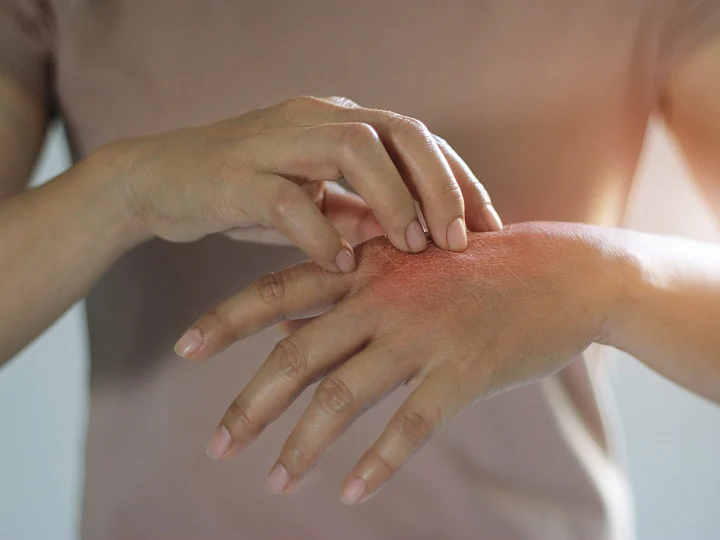Diwali will be celebrated on 24 October this year and people will be enjoying this Diwali with immense joy, enthusiasm, and zest since this is the first Diwali when we are least threatened by Covid-19. Diwali is all about food, decoration, parties, drinks, and burning fire-crackers.
Firecrackers are the main source of enjoyment for the kids and they start burning firecrackers before the night of Diwali. People also light Diyas in every corner of their house after deep cleaning the entire house. Burning firecrackers, cooking, and lighting diyas increase the risk of burn injuries and you might not even find health professionals during festivals. Thus, here are a few do's and don'ts that will help provide appropriate first-aid tips for burn injuries.
Types of Diwali Burns
There are different types of burns depending on the temperature and the time for which the body part was exposed to heat. There are:
First-degree burns damage the upper layer of the skin called the epidermis and result in red patches and dryness. It may also cause swelling and severe pain.
Second-degree burns affect the upper and middle layers of the skin- the epidermis and dermis. This causes pain, swelling, redness, and blisters with liquid that oozes out from time to time.
Third-degree burns are the highest-degree burns that destroy the interior layers of the skin. They appear brown with the interior of the skin turning charred white. They affect the muscles, bones, blood vessels, and nerves lying underneath the skin.
Do's and Don'ts For Diwali Burns
Do remove the jewelry and clothes that have burned and can be easily removed from the body.
Do not remove the burnt clothes or accessories that are stuck to the body.
Do use tap water at regular temperature to cool down the burning sensation and prevent swelling and skin damage.
Do not apply ice or ice-cold water on the burn injuries since it can cause more damage to the skin layers.
Do apply a clean dry cloth on the burn but make sure not to rub the area if you experience an itching or burning sensation.
Do not apply ointments, jellies, sprays, or creams to injured areas.
Do seek medical help if there are blisters filled with whitish liquid and oozing.
Do not break the blisters unless a doctor does it himself else it will result in the spread of germs.
Do throw a blanket after the fire is extinguished to ensure that the person’s body does not catch hypothermia.
Do not throw a blanket over the fire it will trap the heat and further harm the injured.
Do consult a doctor and use over-the-counter pain medications, like ibuprofen for pain and inflammation.
Do not expose the burn injuries to direct sunlight.
(At The Quint, we question everything. Play an active role in shaping our journalism by becoming a member today.)
